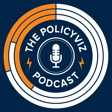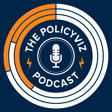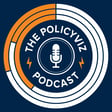
Revolutionizing Web Development: Rich Harris on Svelte's Creation and Impact
Rich Harris, creator of the Svelte framework, stops by the podcast to talk about his work. Rich shares how Svelte originated from his work in newsrooms at The Guardian and The New York Times, where he developed tools for building interactive data visualizations under tight deadlines. We talk about how Svelte simplifies web development by bridging the gap between HTML/CSS knowledge and interactive applications, making it accessible to both experienced and novice developers. Our chat touches on the broader impact of Svelte, including its adoption in diverse applications like DataWrapper and smart TV interfaces. Rich reflects on the responsibility and challenges of leading an open-source project like Svelte and discusses the ongoing focus on SvelteKit, an application framework built on Svelte, and highlights accessible resources for beginners to get started.
Keywords: Svelte, SvelteKit, RichHarris, WebDevelopment, Open-Source Framework, DataVisualization, JavaScript, HTML, CSS, User Interface Framework, Interactive Applications, Newsroom Graphics, DataWrapper, Declarative Programming, Web Accessibility
Subscribe to the PolicyViz Podcast wherever you get your podcasts.
Become a patron of the PolicyViz Podcast for as little as a buck a month
Check out Rich’s website visit the Svelte development website
Follow me on Instagram, LinkedIn, Substack, Twitter, Website, YouTube
Email: jon@policyviz.com


